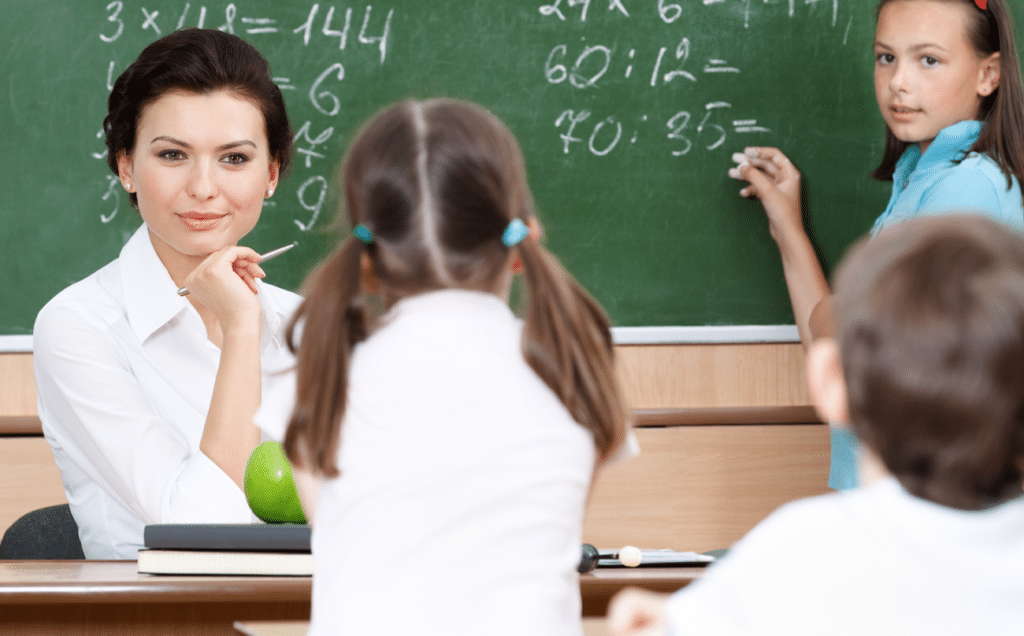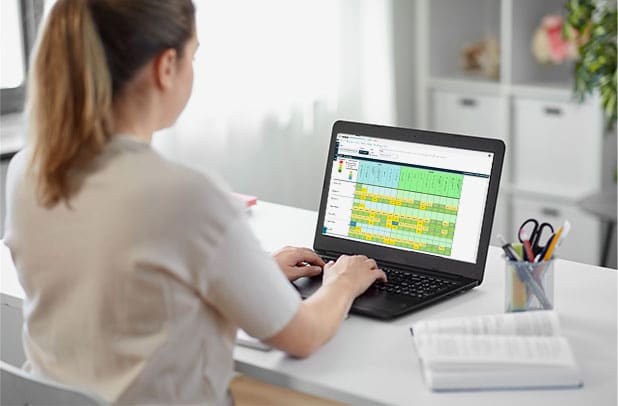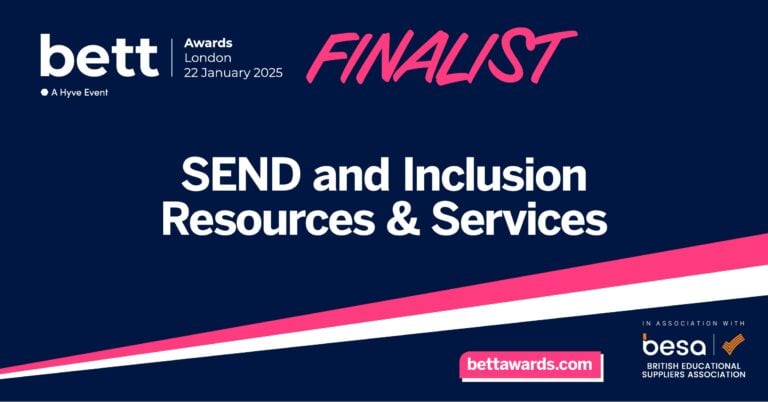
How Primary School Self Evaluation Can Drive School Improvement
There was a time in education when schools just happily went about their business and waited for the dreaded Ofsted inspection call and subsequent inspection to be told how well they were performing. Not exactly the most pro-active of approaches to school improvement, but in the 80’s and 90’s, that didn’t seem to be at the top of every school leader’s priority list.
Then came the dawn of primary school self evaluation and a seemingly new responsibility for all school leaders to know everything about their own school’s strengths and weaknesses. Initially this felt like a passing of the buck from Ofsted back to school leaders, meaning that Headteachers were effectively doing Ofsted’s work for them. However, as mindsets shifted from working in a ‘done to’ system, towards this new world of primary school self-evaluation and proactivity, it didn’t take long for schools to understand the importance of it and see what they’d been missing, by not taking this into their own hands previously.
As times have changed, accountability has increased and school leaders’ focus on continuous school improvement has sharpened, so too has the development of the self-evaluation tool. Whether it is paper based or online, self-evaluation is now the driving force behind school improvement in every school across the country. In fact thinking back to a time when schools rarely valued the opportunity to own such a process, it’s hard to imagine how schools were able to strategically and systematically improve year on year. Maybe that was the problem all along? Without an accurate self-evaluation of your own strengths and weaknesses as a school, how can you know what to work on and prioritise?
If you get your Ofsted inspection self-evaluation right, it should be a continuous process of self-regulated school improvement. With senior leader’s taking ownership of the whole process and in turn, taking responsibility for the continuous improvement of the school, it begins to be the foundation for driving school improvement. Schools should not have to wait for an external inspection to get a handle on what they need to improve on next. If your self-evaluation is accurate and a true ongoing process, then an external report into the performance of your school should not tell you anything that you don’t already know. They only thing it will do, is make it public.
Sound easy? Well, in reality it isn’t always that simple. Just because you complete a self-evaluation of your school, doesn’t mean to say that it is accurate, or that an external inspection team will agree with you. The key to an accurate and worthwhile self-evaluation is it being an accurate picture of your school, that identifies what you are doing really well and what can (and should) be improved.
Irrespective of who comes into your school to assess your performance, evaluate your own primary school self-evaluation and judge the progress that you are making as a school, they need to be able to agree with your own self-evaluation. If they do, it demonstrates you know your school and hopefully have the capacity, expertise and tools to make the necessary refinements to make it even better. If they don’t, it exposes a view that the senior leadership aren’t aware of their need to improve or they have an inflated opinion of their own performance. Either way, it doesn’t build confidence in the team who are in charge of taking the school forward.
However, primary school self-evaluation isn’t all about just trying to demonstrate to Ofsted that your judgement about the school is the same as theirs and that you know which areas to improve on. Fundamentally it is about the ability to make the school a better place for the children that sit in your classrooms every hour of every day.
They are the people that you should be improving your school for. They are the people that are going to benefit from the changes you make and the increased opportunities and quality of education that you provide them with. When you start to see primary school self evaluation in this sense, it starts to mean more to people than just an exercise for an inspection team. When you get down to who the real beneficiaries are in such a process, it sharpens your focus on why it is such an essential process in today’s schools. For without self-evaluation acting as the heartbeat of school improvement, our chances of providing greater life chances to our children are dead in the water.
Author: Jon Tait










